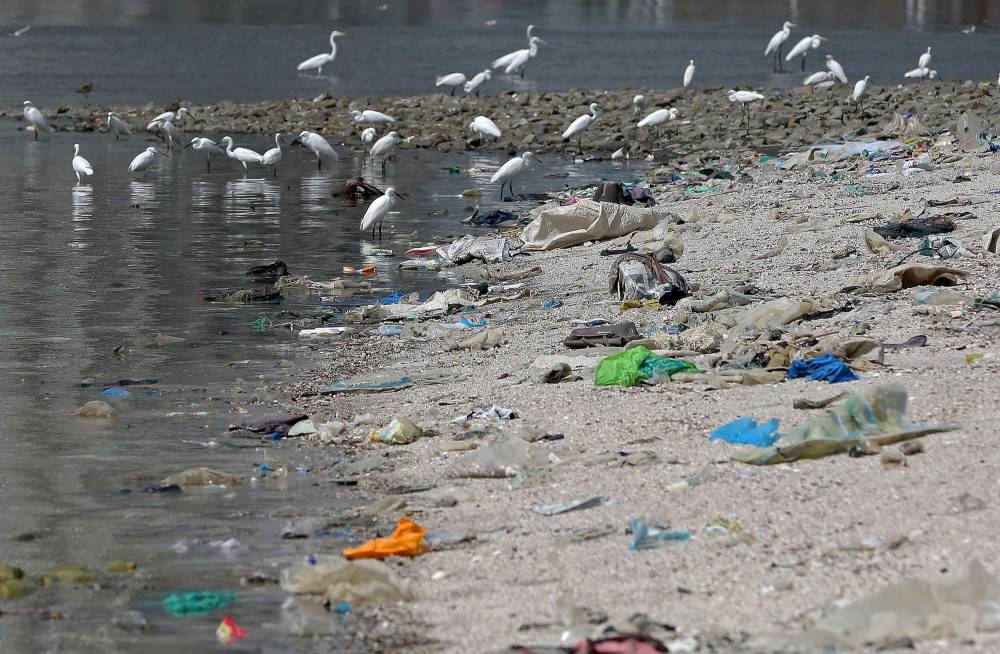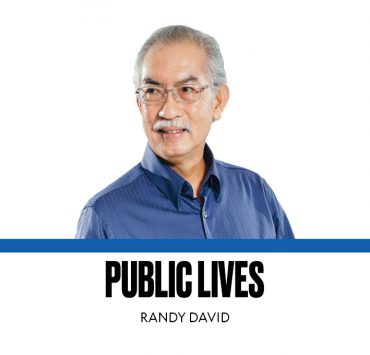Release NEAP list now

The Philippines’ notoriety for poor implementation of its laws is on full display once more with the government’s failure to accomplish one of the key provisions in Republic Act No. 9003 or the Ecological Solid Waste Management Act of 2000: the list of nonenvironmentally acceptable products (NEAP).
Under Section 29 of RA 9003, the National Solid Waste Management Commission (NSWMC) was given one year after the law was enacted to prepare the NEAP list or products that are not reusable or recyclable, nonbiodegradable or noncompostable, and are toxic or hazardous to the environment. President Gloria Macapagal Arroyo signed the law on Jan. 26, 2001—or 23 years ago. However, no list that could force corporations and businesses to comply has materialized.
To say that the list is long overdue is an understatement. It has to take the Court of Appeals (CA) to compel the NSWMC to release the list within six months but it remains to be seen whether the commission can meet this deadline given that it has procrastinated, for reasons that it alone knows, for over two decades to accomplish this mandate.
Extraordinary remedy
The CA ruling issued last month granted the writ of kalikasan, an extraordinary remedy issued to stop acts that are harmful to the environment, and continuing mandamus petitions of environment groups and advocates filed before the Supreme Court in November 2021.
Aside from releasing the NEAP list, the appeals court directed the NSWMC to review and update it annually as well as submit yearly progress reports on its implementation. “We cannot emphasize enough that it has been more than 20 years since RA 9003 was passed. Children born when the law was passed were already eligible to vote in the last general election … Respondents, particularly NSWMC, cannot be allowed to continue to drag their feet in complying with their statutory duty,” the CA said in the ruling penned by Associate Justice Ruben Reynaldo Roxas.
Considering the urgency of addressing the climate crisis, with single-use plastic among the top contributors to greenhouse gases, the commission should have been compelled to act more efficiently on the list. But even the CA sounded baffled over its inaction for “[refusing] to come up with a NEAP list when they … have already identified several plastic items.”
Exactly what these items are remains a mystery except for plastic soft drink straws and coffee stirrers that were declared as NEAP under a Department of Environment and Natural Resources resolution issued in 2021.
Sachet economy
This matter has become even more pressing in the aftermath of Supertyphoon “Carina” which saw truckloads of garbage, most of them plastic, clogging drainage systems and causing massive floods. The Metropolitan Manila Development Authority collected 90 truckloads of rubbish equivalent to 18,316 trash bags or 387.65 tons during cleanup operations last week. Most of the trash came from San Juan, Marikina, Parañaque, Manila, and Taguig.
According to the World Bank, the Philippines is among the world’s top producers of plastic waste with a staggering 2.7 million tons generated each year. An estimated 20 percent of this ends up in the ocean. To illustrate how grave the plastic problem is, the country consumes at least 163 million pieces of sachets daily.
Coupled with an insufficient solid waste management infrastructure, plastic production and consumption have become unsustainable and unmanageable, resulting in scenarios like what happened during the recent typhoon.
This is not to place the entire blame of the country’s garbage problem on the sachet economy as it is both an issue of poverty and unmitigated production despite the passage of RA 11898 or the Extended Producer Responsibility Act of 2022 that holds companies accountable for the plastic packaging they produce throughout the lifecycle of their products.
Threat to environment
The Philippines has no shortage of good environmental laws either—RA 9003 outlines the proper segregation, collection, transport, storage, treatment, and disposal of solid waste. But these laws can only be effective with proper implementation and the necessary infrastructure, including disposal facilities. Per the Philippine Alliance for Recycling and Materials Sustainability, 70 percent of Filipinos lack access to disposal facilities.
However, what remains crucial right now is for the commission—an entity under the Office of the President and composed of 17 representatives from government and private sectors—to release the NEAP. As the CA said, it cannot grant the petitioners’ request to prohibit the production and use of disposable plastics and other similar products without the NEAP.
“[T]here is no doubt that NEAPs, among other solid and hazardous wastes, pose a threat to the environment. The danger that NEAP poses is sufficiently grave, and its territorial scope reaches all corners of our nation,” the CA ruled.
The government must muster the political will to release the NEAP. Now.

















